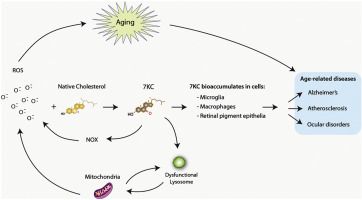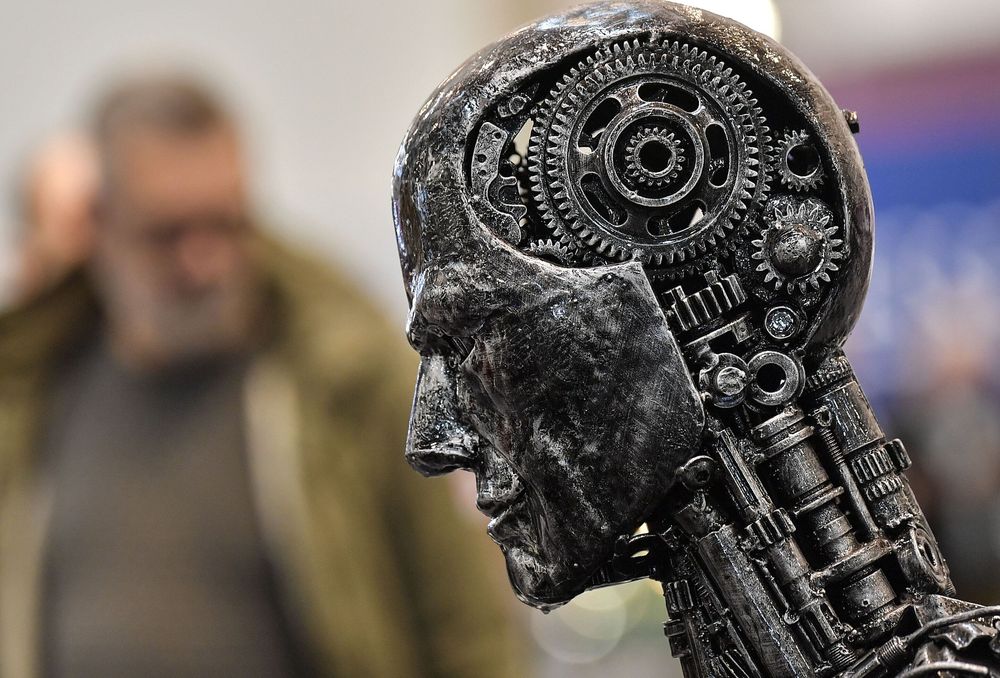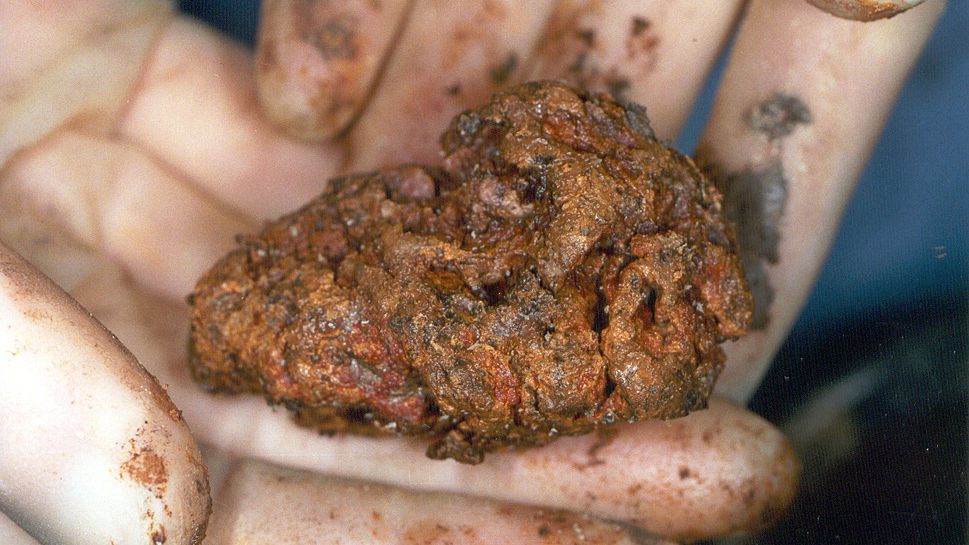Jan 8, 2020
A US $30 million fund to promote bold ideas for aging populations: Dr Victor Dzau
Posted by Eithen Pasta in categories: biotech/medical, economics, finance, life extension
US$30 Million to Seed Hundreds of Bold, Innovative Ideas for Human Longevity! — On this ideaXme (https://radioideaxme.com/) episode, I am joined by Dr. Victor Dzau, President of the U.S. National Academy of Medicine (https://nam.edu/initiatives/grand-challenge-healthy-longevity/) to talk about the potential of their Healthy Longevity Global Grand Challenge — eNag #ideaXme #VictorDzau #Wellness #Health #NationalAcademyOfMedicine #NAM #NAS #NIH #FDA #Duke #Cardiology #Longevity #Biotechnology #Regeneration #LifeExtension #Aging #Challenges #Prizes #Competitions #IraPastor #Bioquark #Regenerage
Ira Pastor, ideaXme exponential health ambassador and founder of Bioquark, interviews Dr. Victor Dzau, President of the United States National Academy of Medicine (NAM)and of the United States National Academy of Sciences (NAS).


















